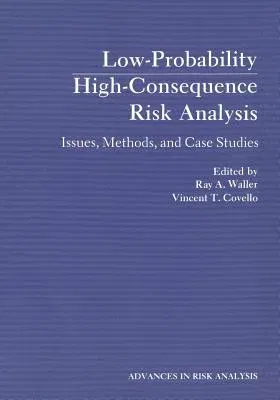Low-Probability High-Consequence Risk Analysis: Issues, Methods, and Case Studies (Softcover Reprint of the Original 1st 1984)Paperback - Softcover Reprint of the Original 1st 1984, 1 December 2013

Qty
1
Turbo
Ships in 2 - 3 days
In Stock
Free Delivery
Cash on Delivery
15 Days
Free Returns
Secure Checkout
Part of Series
Advances in Risk Analysis
Print Length
571 pages
Language
English
Publisher
Springer
Date Published
1 Dec 2013
ISBN-10
1475718209
ISBN-13
9781475718201
Description
Product Details
Book Edition:
Softcover Reprint of the Original 1st 1984
Book Format:
Paperback
Country of Origin:
NL
Date Published:
1 December 2013
Dimensions:
25.4 x
17.78 x
3 cm
ISBN-10:
1475718209
ISBN-13:
9781475718201
Language:
English
Location:
New York, NY
Pages:
571
Publisher:
Series:
Weight:
997.9 gm

